Pricing crafts you make can be a challenging task.
Whether you’re an Etsy seller or a craft show enthusiast, understanding how to price your handmade items is crucial for running a profitable business.
This comprehensive guide will walk you through the various factors and strategies involved in pricing handmade goods, ensuring you cover all your costs and achieve a good profit margin.
From calculating material costs to factoring in your time and labor, we’ll cover it all.
You’ll also learn about market research, competitor analysis, and how to add value to your products to justify your pricing.
By the end of this guide, you’ll have the confidence and knowledge to price your crafts competitively while maximizing your profits.
Key Takeaways:
- Understanding all your costs, including labor, materials, and overhead, is crucial for setting a fair market price.
- Different pricing strategies can help you achieve a healthy profit margin while remaining competitive.
- Market research and knowing your target market are essential to price handmade items effectively.


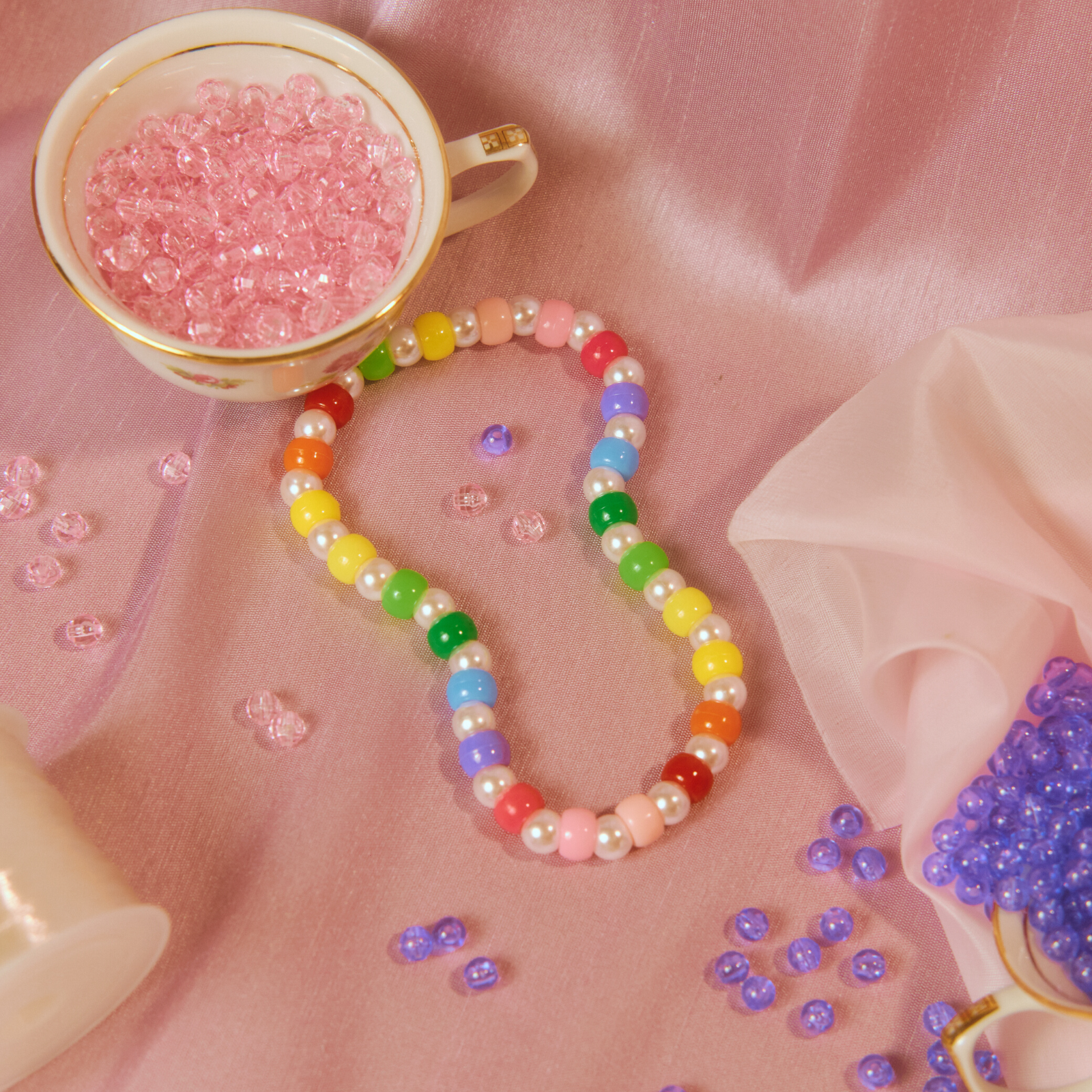
Understanding the Basics of Craft Pricing
When you start selling handmade items, the first step is to understand how to price handmade items effectively. This involves using the basic pricing formula, which includes the cost of materials, labor costs, and overhead expenses. By calculating these elements, you can determine a fair market price for your crafts.
Cost of Materials
The cost of materials is the foundation of your pricing strategy. This includes everything you use to create your crafts, from fabric and thread to beads and glue. Make sure to keep track of all the costs involved in purchasing these materials, as they will directly impact your final selling price.
Labor Costs
Labor costs are another critical component of your pricing formula. To calculate this, determine your hourly rate and multiply it by the time it takes to create each item. This will give you a clear picture of the labor costs associated with each piece, ensuring you are compensated fairly for your time and effort.
Calculating Overhead Expenses
Overhead expenses are the indirect costs of running your craft business. These can include rent, utilities, advertising costs, and even PayPal fees. By accounting for these expenses, you can ensure that your pricing strategy covers all your business costs.
Rent and Utilities
If you have a dedicated workspace for your craft business, you'll need to factor in the cost of rent and utilities. These expenses can add up quickly, so it's essential to include them in your pricing formula to avoid losing money.
Advertising Costs
Advertising costs are another important consideration. Whether you're promoting your crafts on social media or paying for ads on Etsy, these expenses should be included in your overall pricing strategy. This will help you maintain a healthy profit margin while reaching your target market.
Setting Your Desired Profit Margin
Your desired profit margin is the amount of profit you want to make on each item. This can vary depending on your business goals and the level of competition in your market. By setting a clear profit margin, you can ensure that your pricing strategy aligns with your financial objectives.
Determining Your Profit Margin
To determine your profit margin, consider the total costs involved in creating your crafts and the price you want to make and sell them for. A good starting point is to aim for a profit margin of at least 20-30%, but this can vary depending on your specific business needs.
Adjusting for Competition
When setting your profit margin, it's essential to consider the level of competition in your market. If there are many other sellers offering similar products, you may need to adjust your prices to remain competitive. This can help you attract more customers and increase your overall sales.

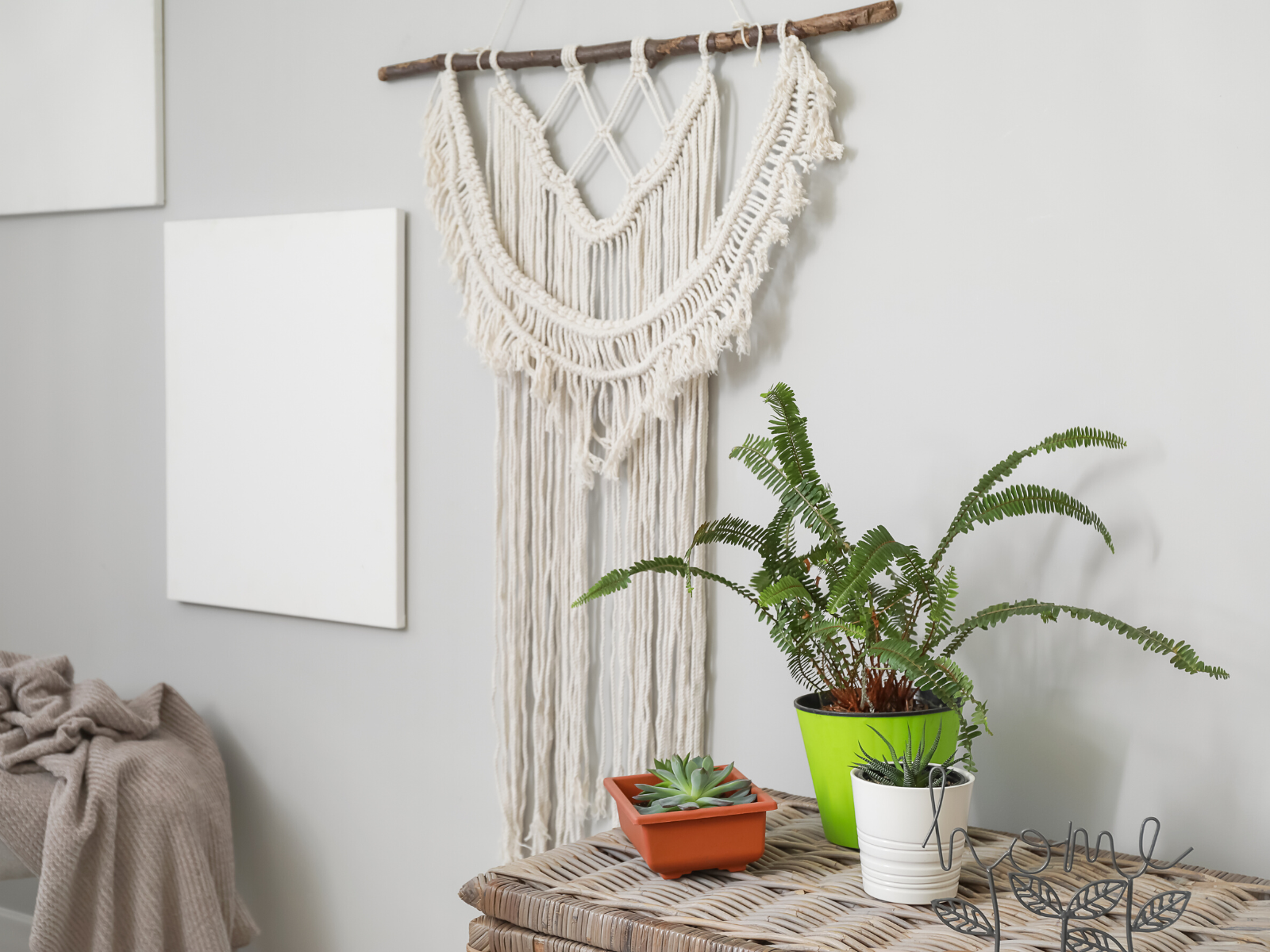

Market Research and Target Market
Market research is a crucial step in pricing handmade items. By understanding your target market and their willingness to pay, you can set prices that appeal to your customers while ensuring a good profit margin.
Conducting Market Research
Conducting market research involves analyzing your competitors, understanding your target market, and identifying trends in your industry. This information can help you set prices that are competitive and attractive to your customers.
Identifying Your Target Market
Your target market is the group of people most likely to buy your crafts. By understanding their preferences and spending habits, you can set prices that meet their expectations and encourage them to make a purchase.
Wholesale Pricing and Retail Prices
Wholesale pricing and retail prices are two different pricing strategies that can help you achieve your business goals. By understanding the differences between these strategies, you can choose the one that best suits your needs.
Wholesale Pricing
Wholesale pricing involves selling your crafts in bulk to retailers or other businesses. This can help you reach a larger audience and increase your overall sales. To calculate your wholesale price, multiply your total costs by a factor of 2 or 2.5. This will ensure that you cover all your costs and achieve a healthy profit margin.
Retail Prices
Retail prices are the prices you charge when selling directly to consumers. These prices are typically higher than wholesale prices, as they include a markup to cover your business expenses and desired profit margin. To calculate your retail price, multiply your wholesale price by a factor of 2 or 2.5.
Shipping Costs and Associated Costs
Shipping costs and other associated costs are important considerations when pricing handmade items. By accounting for these expenses, you can ensure that your pricing strategy covers all your costs and maintains a healthy profit margin.
Calculating Shipping Costs
To calculate shipping costs, consider the weight and dimensions of your items, as well as the shipping method you plan to use. This will help you determine the most accurate shipping costs and ensure that your customers are willing to pay for shipping.
Other Associated Costs
Other associated costs can include packaging materials, insurance, and handling fees. By accounting for these expenses, you can ensure that your pricing strategy covers all your costs and maintains a healthy profit margin.
Different Pricing Strategies
Different pricing strategies can help you achieve your business goals and remain competitive in your market. By understanding these strategies, you can choose the one that best suits your needs and ensures a healthy profit margin.
Cost-Plus Pricing
Cost-plus pricing involves adding a markup to your total costs to determine your final selling price. This strategy ensures that you cover all your costs and achieve a desired profit margin.
Value-Based Pricing
Value-based pricing involves setting prices based on the perceived value of your crafts. This strategy can help you achieve a higher profit margin by focusing on the unique qualities and benefits of your products.
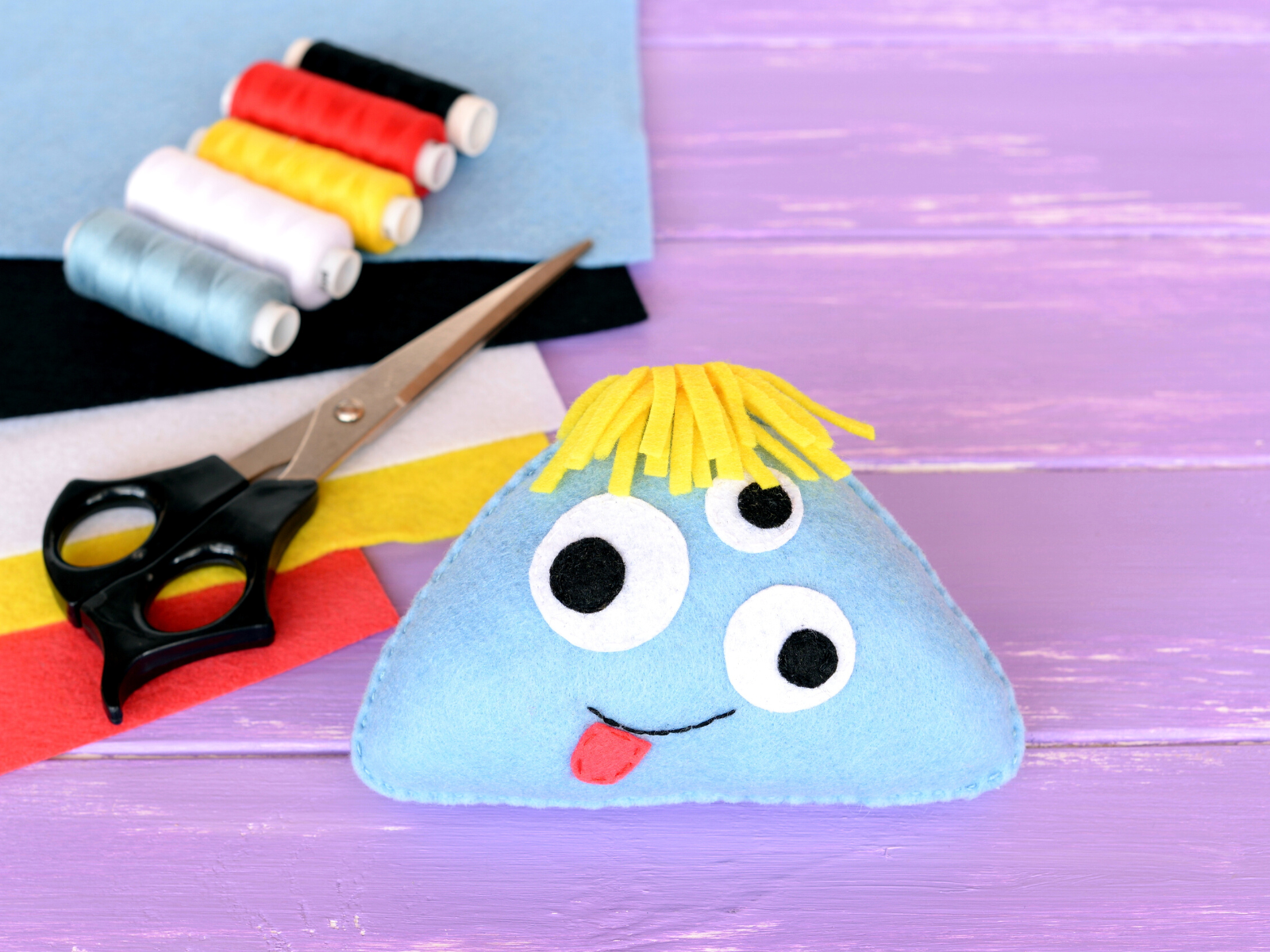


Pricing Products for Different Markets
Pricing handmade products for different markets can help you reach a larger audience and increase your overall sales. By understanding the preferences and spending habits of different markets, you can set prices that appeal to a wide range of customers.
Online Marketplaces
Online marketplaces, such as Etsy and Amazon Handmade, are popular platforms for selling handmade items. When pricing your products for these markets, consider the fees and competition involved. This will help you set prices that are competitive and attractive to your target market.
Craft Shows and Local Markets
Craft shows and local markets are another great way to sell handmade items. When pricing your products for these markets, consider the costs involved in participating, such as booth fees and travel expenses. This will help you set prices that cover all your costs and achieve a healthy profit margin.
Pricing Handmade Goods for Wholesale
Pricing handmade goods for wholesale can help you reach a larger audience and increase your overall sales. By understanding the differences between wholesale and retail pricing, you can choose the strategy that best suits your needs.
Calculating Wholesale Prices
To calculate your wholesale price, multiply your total costs by a factor of 2 or 2.5. This will ensure that you cover all your costs and achieve a healthy profit margin. When selling wholesale, it's important to consider the volume of sales and the potential for repeat business.
Setting Retail Prices
To set your retail price, multiply your wholesale price by a factor of 2 or 2.5. This will ensure that you cover all your costs and achieve a desired profit margin. When selling retail, it's important to consider the preferences and spending habits of your target market.
Pricing Handmade Items for Online Sales
Pricing handmade items for online sales can help you reach a larger audience and increase your overall sales. By understanding the preferences and spending habits of online shoppers, you can set prices that appeal to a wide range of customers.
Understanding Online Marketplaces
Online marketplaces, such as Etsy and Amazon Handmade, are popular platforms for selling handmade items. When pricing your products for these markets, consider the fees and competition involved. This will help you set prices that are competitive and attractive to your target market.
Setting Competitive Prices
To set competitive prices, consider the prices of similar products on the market. This will help you determine a fair market price for your crafts and ensure that your pricing strategy aligns with your business goals.
Pricing Handmade Items for Craft Shows
Pricing handmade items for craft shows can help you reach a larger audience and increase your overall sales. By understanding the preferences and spending habits of craft show attendees, you can set prices that appeal to a wide range of customers.
Understanding Craft Show Costs
Craft show costs can include booth fees, travel expenses, and advertising costs. By accounting for these expenses, you can ensure that your pricing strategy covers all your costs and maintains a healthy profit margin.
Setting Attractive Prices
To set attractive prices, consider the prices of similar products at the craft show. This will help you determine a fair market price for your crafts and ensure that your pricing strategy aligns with your business goals.



Pricing Handmade Items for Retail Stores
Pricing handmade items for retail stores can help you reach a larger audience and increase your overall sales. By understanding the preferences and spending habits of retail store customers, you can set prices that appeal to a wide range of customers.
Understanding Retail Store Costs
Retail store costs can include rent, utilities, and advertising costs. By accounting for these expenses, you can ensure that your pricing strategy covers all your costs and maintains a healthy profit margin.
Setting Competitive Prices
To set competitive prices, consider the prices of similar products in the retail store. This will help you determine a fair market price for your crafts and ensure that your pricing strategy aligns with your business goals.
Advanced Pricing Strategies for Crafts
As you become more experienced in selling your handmade items, you may want to explore advanced pricing strategies to maximize your profits and attract more customers.
Dynamic Pricing
Dynamic pricing involves adjusting your prices based on market demand, competition, and other factors. This strategy can help you stay competitive and maximize your profits during peak seasons or high-demand periods.
How to Implement Dynamic Pricing:
- Monitor your competitors' prices regularly.
- Use pricing software or tools to automate price adjustments.
- Analyze sales data to identify trends and adjust prices accordingly.
Psychological Pricing
Psychological pricing leverages human psychology to make prices more appealing to customers. This strategy can help you increase sales and improve your profit margins.
Examples of Psychological Pricing:
- Charm Pricing: Setting prices just below a round number (e.g., $19.99 instead of $20).
- Bundling: Offering multiple items at a discounted price (e.g., buy one, get one 50% off).
- Anchoring: Displaying a higher-priced item next to a lower-priced item to make the latter seem like a better deal.
Premium Pricing
Premium pricing involves setting higher prices for your handmade items to create a perception of higher quality and exclusivity. This strategy can help you attract customers who are willing to pay more for unique, high-quality products.
How to Implement Premium Pricing:
- Emphasize the unique qualities and craftsmanship of your items.
- Invest in high-quality materials and packaging.
- Create a strong brand identity that conveys luxury and exclusivity.
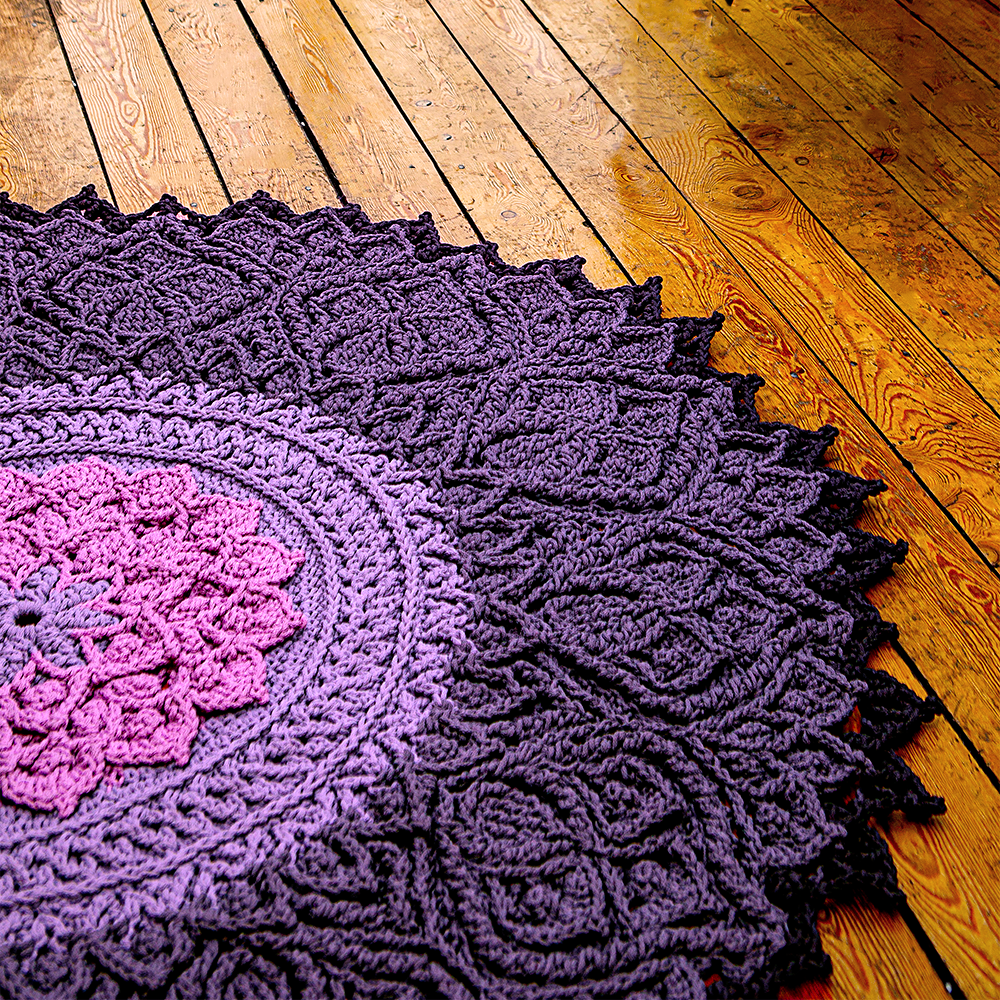


Seasonal Pricing and Promotions
Seasonal pricing and promotions can help you boost sales during specific times of the year, such as holidays or special events. Seasonal sales can help you clear out inventory and attract customers during slower periods. By offering limited-time discounts or special offers, you can attract more customers and increase your overall sales.
Examples of Seasonal Sales:
- Summer Clearance: Offer discounts on summer-themed items at the end of the season.
- Back-to-School Sales: Promote items that are perfect for students and offer special discounts.
- Spring Cleaning Sales: Clear out old inventory with discounts on older items.
Holiday Promotions
Holidays are a great time to offer special promotions and discounts on your handmade items. Consider creating holiday-themed products or offering limited-time discounts to attract holiday shoppers.
Examples of Holiday Promotions:
- Black Friday/Cyber Monday Sales: Offer significant discounts on your products during these popular shopping events.
- Christmas Specials: Create holiday-themed items or offer gift bundles at a discounted price.
- Valentine's Day Offers: Promote items that make great gifts for loved ones and offer special discounts.
Leveraging Social Media and Online Marketing
Social media and online marketing can play a significant role in promoting your handmade items and driving sales. By leveraging these platforms, you can reach a larger audience and attract more customers.
Social Media Marketing
Social media platforms like Instagram, Facebook, and Pinterest are excellent tools for promoting your handmade items and engaging with your target market. Use these platforms to showcase your products, share behind-the-scenes content, and run promotions.
Tips for Social Media Marketing:
- Visual Content: Share high-quality photos and videos of your products.
- Engagement: Interact with your followers by responding to comments and messages.
- Hashtags: Use relevant hashtags to increase your visibility and reach a larger audience.
- Influencers: Collaborate with influencers in your niche to promote your products.
Email Marketing
Email marketing is a powerful tool for building relationships with your customers and driving sales. Use email campaigns to share updates, promotions, and exclusive offers with your subscribers.
Tips for Email Marketing:
- Build a List: Collect email addresses from your customers and website visitors.
- Personalization: Personalize your emails with the recipient's name and tailored content.
- Segmentation: Segment your email list based on customer preferences and behavior.
- Automation: Use email automation tools to send timely and relevant emails.



Tracking and Analyzing Your Pricing Strategy
Tracking and analyzing your pricing strategy is essential for ensuring its effectiveness and making necessary adjustments. By monitoring your sales data and customer feedback, you can identify areas for improvement and optimize your pricing strategy.
Sales Data Analysis
Analyze your sales data to understand how your pricing strategy is impacting your sales and profit margins. Look for trends and patterns that can help you make informed decisions about your pricing.
Key Metrics to Track:
- Sales Volume: The number of items sold over a specific period.
- Revenue: The total income generated from sales.
- Profit Margin: The difference between your total costs and total revenue.
- Average Order Value: The average amount spent by customers per order.
Customer Feedback
Customer feedback can provide valuable insights into how your pricing strategy is perceived by your target market. Use surveys, reviews, and direct feedback to gather information about your customers' preferences and willingness to pay.
Tips for Gathering Customer Feedback:
- Surveys: Send surveys to your customers to gather feedback on your products and pricing.
- Reviews: Encourage customers to leave reviews on your website or online marketplaces.
- Direct Feedback: Ask customers for feedback during craft shows or through social media.
Adapting to Market Changes
The handmade market is constantly evolving, and it's essential to adapt your pricing strategy to stay competitive. By staying informed about market trends and changes, you can adjust your prices and offerings to meet the needs of your customers.
Monitoring Market Trends
Keep an eye on market trends and changes in consumer behavior to stay ahead of the competition. This can help you identify new opportunities and adjust your pricing strategy accordingly.
Ways to Monitor Market Trends:
Industry Reports: Read industry reports and publications to stay informed about market trends.
Competitor Analysis: Regularly analyze your competitors' pricing and product offerings.
Customer Insights: Gather insights from your customers through surveys and feedback.
Adjusting Your Pricing Strategy
Be prepared to adjust your pricing strategy based on market changes and customer feedback. This can help you stay competitive and ensure that your pricing aligns with your business goals.
Tips for Adjusting Your Pricing Strategy:
- Flexibility: Be flexible and willing to make changes to your pricing strategy as needed.
- Testing: Test different pricing strategies to see what works best for your business.
- Continuous Improvement: Continuously monitor and analyze your pricing strategy to identify areas for improvement.
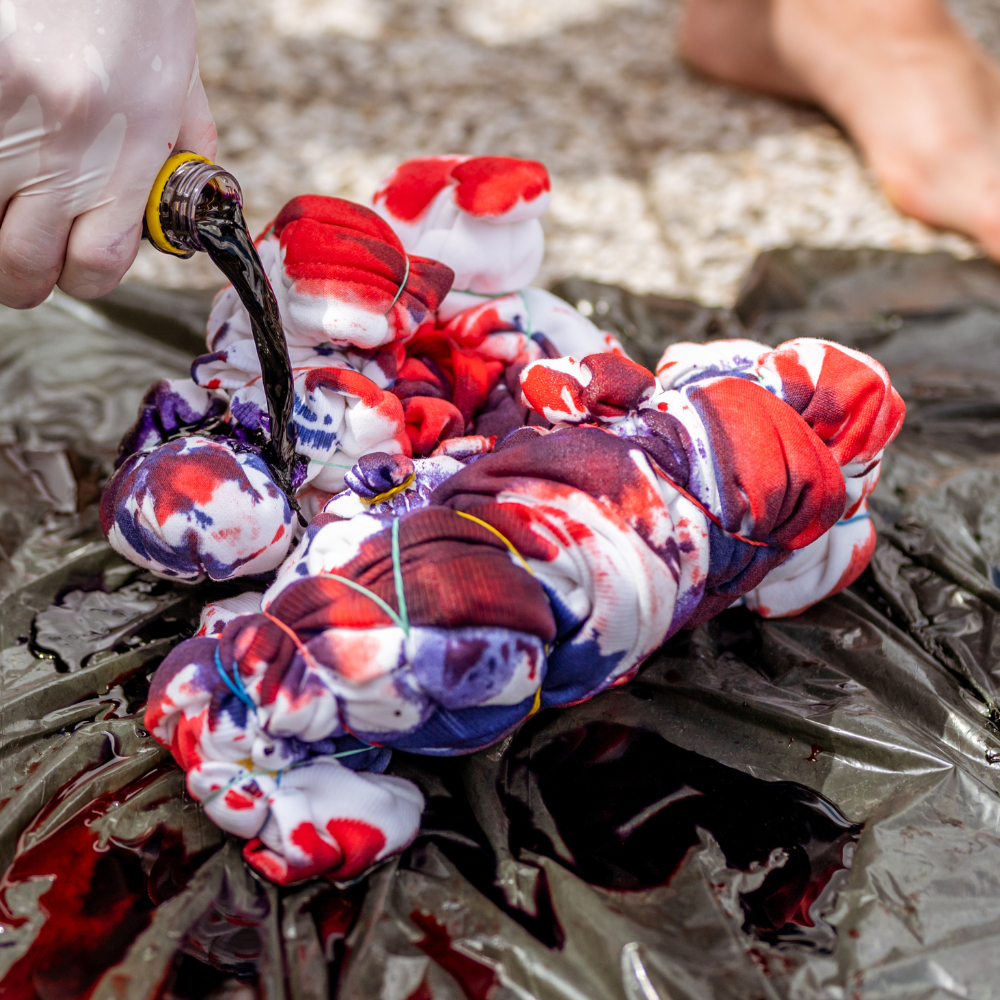

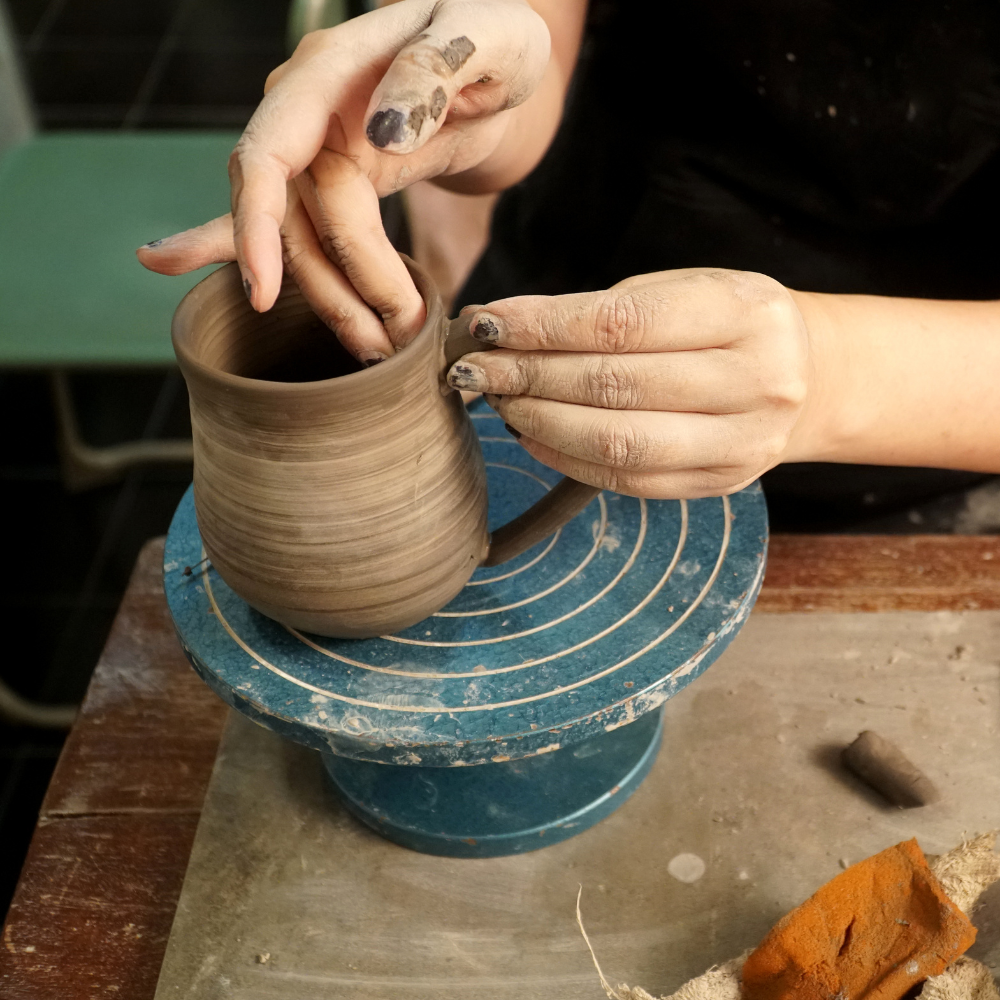
Unlock Crafting's Potential with Perfect Pricing!
Mastering the art of pricing your handmade crafts is more than just a business necessity—it’s the key to unlocking your craft’s true potential.
To effectively price handmade items, it’s crucial to cover production costs, overhead expenses, and ensure a profitable business.
By delving into your costs, setting competitive prices, and adopting advanced pricing strategies, you can not only maximize your profits but also attract a loyal customer base.
Stay ahead of market trends, listen to your customers, and be flexible with your pricing approach.
With these insights, you’re well on your way to achieving a healthy profit margin and building a flourishing handmade business.
Happy crafting and even happier selling!



Crafting FAQs
Navigating the world of handmade crafts can be both exciting and challenging, especially when it comes to pricing your unique creations.
Whether you’re an Etsy seller or a craft show enthusiast, understanding how to price handmade items is crucial for running a profitable business.
It's important to price handmade items effectively to cover production costs, overhead expenses, and ensure a profitable business.
In this FAQ section, we’ll address some of the most common questions about pricing handmade crafts.
From calculating material costs and labor to understanding overhead expenses and market research, we’ve got you covered.
Dive in to discover essential strategies and tips that will help you set competitive prices, maximize your profits, and attract a loyal customer base.
Happy creating and selling!
Why is pricing handmade crafts so challenging?
Pricing handmade crafts can be challenging because it involves balancing multiple factors such as material costs, labor, overhead expenses, and market competition. Additionally, handmade items often have unique qualities that make standard pricing models less applicable.
How do I calculate the cost of materials for my crafts?
To calculate the cost of materials, keep track of all the art supplies you use to create your crafts. This includes everything from fabric and thread to beads and glue. Add up the total cost of these materials to determine your material expenses for each item.
What is the best way to determine my labor costs?
Determine your labor costs by setting an hourly rate for your work and multiplying it by the time it takes to create each item. This ensures you are compensated fairly for your time and effort.
What are overhead expenses, and how do I account for them?
Overhead expenses are the indirect costs of running your craft business, such as rent, utilities, advertising, and fees. To account for these, calculate your total monthly overhead costs and divide by the number of items you produce each month. Add this amount to the cost of each item.
How do I set a desired profit margin?
Your desired profit margin is the amount of profit you want to make on each item. A good starting point is to aim for a profit margin of at least 20-30%. To determine this, consider your total costs and the price you want to sell your items for, ensuring it aligns with your financial goals.
How can I conduct effective market research?
Conduct market research by analyzing your competitors, understanding your target market, and identifying industry trends. This information helps you set competitive prices that appeal to your customers.
What is the difference between wholesale pricing and retail pricing?
Wholesale pricing involves selling your crafts in bulk to retailers or other businesses at a lower price, while retail pricing is the price you charge when selling directly to consumers. Wholesale prices are typically lower to account for bulk sales, while retail prices include a markup to cover business expenses and profit margins.
How do I calculate shipping costs for my handmade items?
Calculate shipping costs by considering the weight and dimensions of your items, as well as the shipping method you plan to use. This helps you determine accurate shipping costs and ensures customers are willing to pay for shipping.
What are some different pricing strategies I can use?
Some different pricing strategies include cost-plus pricing (adding a markup to your total costs), value-based pricing (setting prices based on perceived value), dynamic pricing (adjusting prices based on market demand), and psychological pricing (using pricing techniques that appeal to customers’ psychology).
How can I price my handmade items for different markets, such as online marketplaces and craft shows?
When pricing for online marketplaces, consider platform fees and competition. For craft shows, account for booth fees and travel expenses. Set prices that cover all costs and remain competitive in each specific market.
What are some advanced pricing strategies for handmade crafts?
Advanced pricing strategies include dynamic pricing (adjusting prices based on demand), psychological pricing (using techniques like charm pricing and bundling), premium pricing (setting higher prices for perceived quality), and seasonal pricing (offering discounts during specific times of the year).
How can I leverage social media and online marketing to promote my handmade items?
Use social media platforms like Instagram, Facebook, and Pinterest to showcase your products, share behind-the-scenes content, and run promotions. Email marketing can also help build relationships with customers and drive sales through personalized and segmented campaigns.
How do I track and analyze my pricing strategy?
Track and analyze your pricing strategy by monitoring sales data, customer feedback, and market trends. Key metrics to track include sales volume, revenue, profit margin, and average order value. Use this data to make informed adjustments to your pricing strategy.
How can I adapt my pricing strategy to market changes?
Stay informed about market trends and changes in consumer behavior. Be flexible and willing to adjust your pricing strategy based on sales data and customer feedback. Continuously monitor and analyze your pricing strategy to identify areas for improvement.
What are some tips for setting competitive prices?
To set competitive prices, consider the prices of similar products in your market. Conduct thorough market research, understand your target market’s willingness to pay, and ensure your pricing strategy aligns with your business goals. Use different pricing strategies to find the best fit for your business.



Ready to start pricing your arts and crafts? Check out Our Upcycled Life's video!
Want even more content about creativity, arts and crafts?
Be sure to check out all of our creative chronicles!
Want more craft ideas for your next project?
Check out some of our other articles:
-Can you make a living doing arts and crafts?
-What handmade item sells the most?










